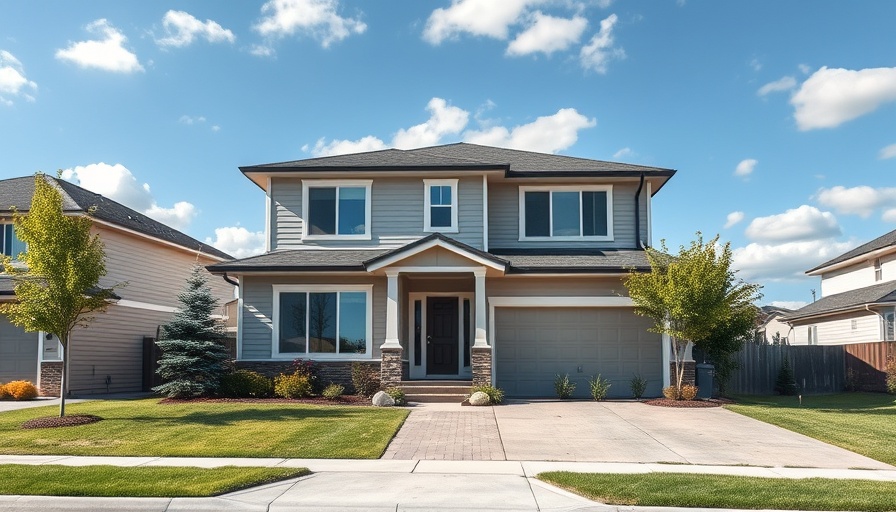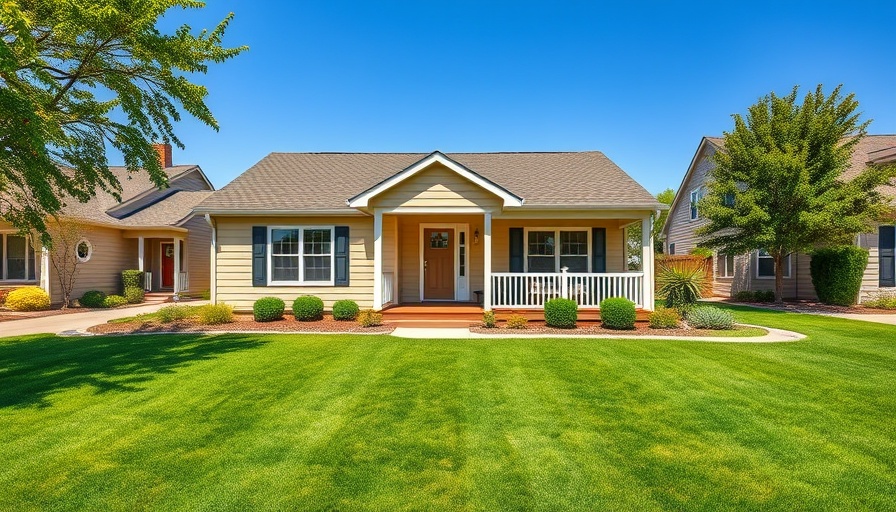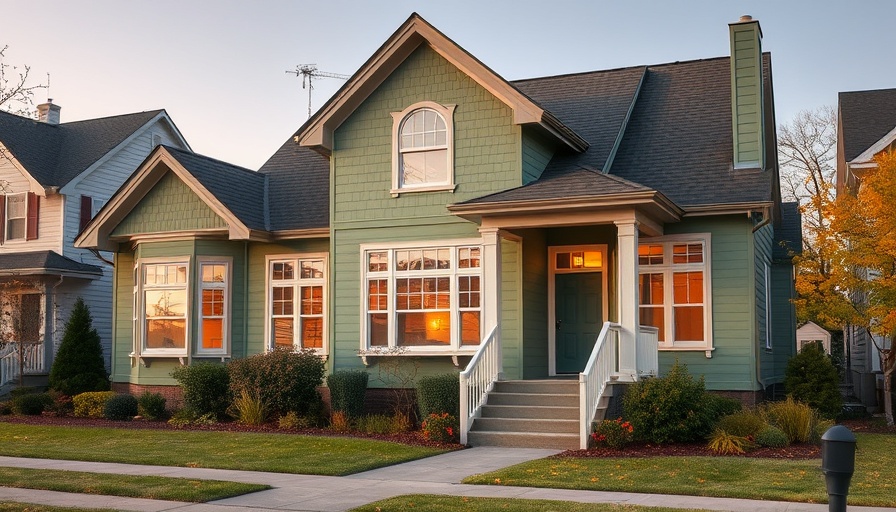
Exploring the Landscape of Homes: A Guide for House Hunters
When stepping into the real estate market, potential buyers and renters alike can feel overwhelmed by the myriad of options available. From rustic cabins to sprawling mansions, understanding the different types of houses is essential for making an informed choice. This comprehensive overview will navigate you through 19 distinct house types that might just be the perfect fit for your lifestyle and budget.
Single-family Homes: The Traditional Choice
Single-family homes are the cornerstone of American housing, providing ample space and privacy for families and individuals. Typically located in suburban neighborhoods, these homes offer yards, garages, and the benefit of living without shared walls. Whether you're planning to settle down or seeking a long-term investment, single-family homes hold distinct appeal for those aspiring to homeownership.
Accessory Dwelling Units: Multi-Purpose Living
Accessory Dwelling Units (ADUs) are gaining popularity for their versatility. These small, self-contained homes reside on the same property as a primary residence, often serving as guest houses, in-law suites, or rental units. An ADU can maximize the functionality of your property, reflecting a growing trend toward multi-generational living and creating potential income streams.
Mansions: The Epitome of Luxury
Defined by grandeur and sophistication, mansions encapsulate opulence. These high-end homes boast expansive spaces adorned with lavish materials and intricate designs—consider features like sprawling gardens, private theaters, and luxurious amenities. Mansions often symbolize wealth and status, attracting buyers looking for both comfort and exclusivity.
The McMansion Phenomenon: Size vs. Quality
As housing markets ballooned in the early 2000s, the term 'McMansion' emerged, referring to large suburban homes that emphasize square footage over architectural quality. Often characterized by a blend of styles and plastered with grandiose interiors, McMansions can polarize opinions. Some appreciate their ample living space, while others critique their generic designs and impractical layouts.
Cabins: Nature’s Retreat
For those yearning for a getaway amidst nature, cabins present a delightful option. These rustic homes are typically crafted from natural materials like timber and stone, creating a cozy environment that reinforces serenity. Commonly found in rural areas or mountainous terrains, cabins serve as perfect vacation homes or year-round residences for the adventurous at heart.
Duplexes: Smart Co-Living Solutions
Duplexes consist of two attached homes, offering the perfect blend of privacy and community. Ideal for families, friends, or investors, duplexes promote a cooperative living scenario while maintaining separate living spaces. This configuration is suitable for multi-generational living or as an investment property to increase rental income.
Condominiums: Community Living
Condos, or condominiums, represent a contemporary housing solution, particularly appealing to urban dwellers. Commonly part of larger complexes, condo owners share amenities such as swimming pools, gyms, and landscaping, while retaining ownership of their individual units. They are well-suited for those seeking a blend of convenience and community spirit without the hassle of maintaining a yard.
Townhouses: The Best of Both Worlds
Townhouses share walls with neighboring homes, striking a balance between the isolation of single-family homes and the community feel of condos. Perfect for urban areas where space is at a premium, townhouses typically include multiple floors and private entrances. They are a fantastic option for buyers looking for affordability while still enjoying homeownership.
Building Styles: From Colonial to Contemporary
The diverse architectural styles of homes speak to varying tastes and histories. From the elegance of Colonial homes, characterized by symmetry and classic details, to the sleek lines found in contemporary designs, each style tells a unique story. Understanding architectural styles not only enhances your home search but also allows you to align your choice with your personal aesthetics and values.
Future Living Trends and Predictions
As we look ahead, emerging trends in real estate indicate a shift towards sustainable living, increased smart technology integration, and downsizing. Home buyers are starting to prioritize environmental impact; therefore, eco-friendly homes that utilize solar energy and efficient layouts may soon dominate the market. With the rise of remote work, smaller, more adaptable homes that can support home offices may become increasingly desirable.
Conclusion: Making Informed Choices in Home Buying
The journey of house hunting can be daunting, but understanding the various types of homes available equips you with the knowledge needed to make informed decisions. Whether you’re drawn to the spacious comfort of a single-family home or the cozy charm of a cabin, each option offers unique values and lifestyle benefits. Stay proactive and informed as you navigate the housing landscape!
 Add Row
Add Row  Add
Add 




 Add Row
Add Row  Add
Add 

Write A Comment